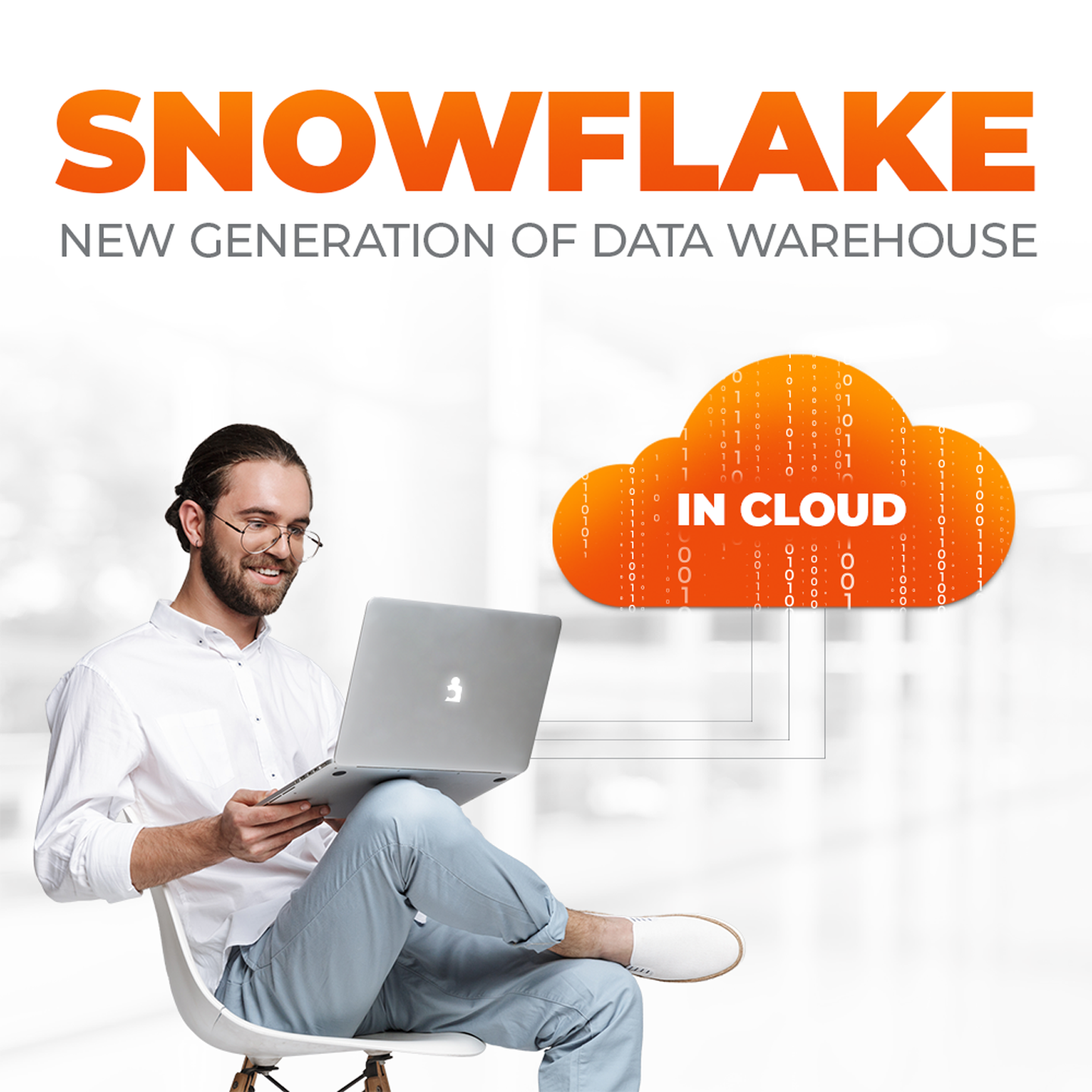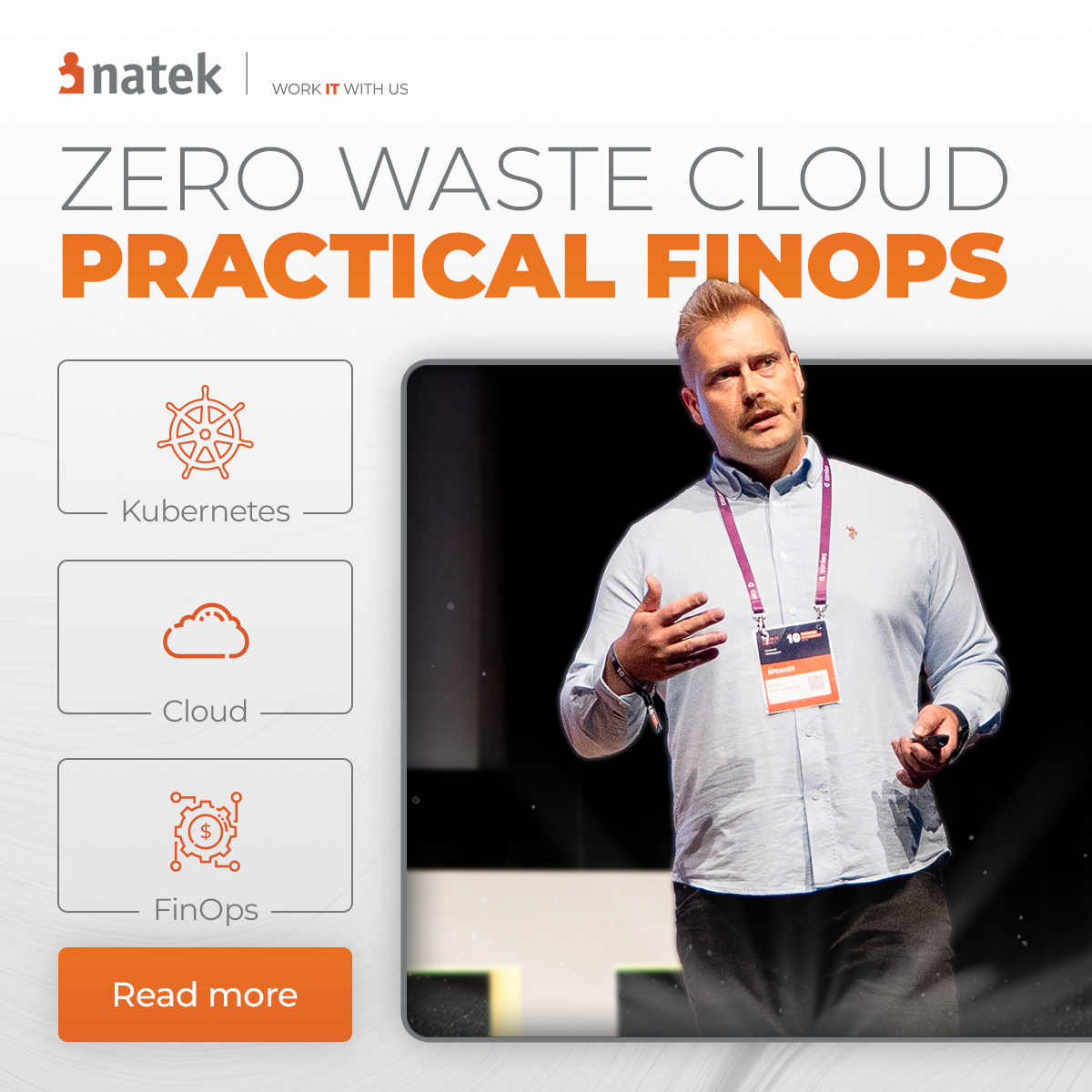Every organization is currently dealing with huge amounts of data. In order to process, analyze and draw conclusions from them, they need efficient and flexible tools. Many companies are choosing to migrate their legacy on-premise data platforms to Snowflake's cloud-based data warehouse solution. What exactly is Snowflake and what does its success tell us about the future of SaaS?
Why do we need a data warehouse?
When data warehouses first appeared in the late 1980s, their goal was to facilitate the flow of data from operating systems to decision-support systems (DSS). These early data warehouses required tremendous redundancy.
As data warehouse performance grew, it has evolved from information stores supporting traditional BI platforms to advanced analytical infrastructures for a wide variety of applications, such as operational analytics and performance management.
Today, artificial intelligence and machine learning are transforming almost every industry, every service, and every enterprise resource - and data warehouses are no exception. The expansion of Big Data technologies and the use of new digital technologies lead to changes in the requirements for data warehouses and their capabilities.
The latest step in this evolution is a cloud-based data warehouse that uses the cloud to ingest and store data from a variety of sources. It enables organizations to extract even more valuable information from the collected data. At the same time, they are reducing costs and increasing the level of reliability and efficiency of the data warehouse.
Snowflake - a modern data warehouse in the cloud
Snowflake is one of the fastest-growing technology companies in the world. And for good reason - the platform allows you to store, analyze and share data in a way that was almost unthinkable a few years ago. Founded in 2012 by three data warehouse experts, who built it from the ground up with the cloud in mind and as such revolutionized the world of data warehouses.
The creators of Snowflake wanted to build an efficient system. On the one hand, it was to perform many operations in parallel, but at the same time would maintain data integrity and reduce access conflicts. The system would handle complex operations in the simplest possible way. Due to the advantages of the public cloud, it was chosen as the environment. Initially, it was AWS, but over time, Microsoft and Google clouds also gained popularity.
Snowflake was built from the ground up as a cloud warehouse. Interestingly, it is based on the above-mentioned suppliers, but not on their solutions for warehouses, but only on components related to network support, mass storage, and computing power.
It is delivered as a service in the SaaS model. Therefore, we are not burdened with the need to build the entire infrastructure, but we only limit ourselves to choosing a cloud provider, region, and editing Snowflake itself. In the next stages, we only need to set up users, add roles, set up databases and virtual warehouses.
Snowflake architecture: the real differentiator
What makes Snowflake stand out the most is its unique three-layer architecture. It enables mass storage and computing to scale independently and allows customers to separately use and pay for storage and computing with no limit of simultaneous users and the amount of data being processed. It is a scalable system in which the storage layer has been separated from the computing layer.

The three-layer architecture consists of:
5 Snowflake Benefits For Your Business
There are many good reasons why organizations around the world are switching to Snowflake, from gaining unlimited scalability and high performance to reducing infrastructure costs and taking advantage of new Big Data features.

Here are 5 ways Snowflake Data Warehouse can benefit your business:
Snowflake uses a modern cloud infrastructure. Thus it is bypassing many of the problems with traditional data warehouses and improving overall performance. Cloud has a flexible nature. That means that if you want to run a large number of queries or load data quickly, you can scale up your virtual warehouse and take advantage of additional computing resources. Then you can reduce the size of the virtual warehouse and pay only for the time you used.
Structured and semi-structured data can be easily combined with Snowflake. It helps you analyze and load data into the cloud without having to convert it into a fixed relational schema first. Snowflake has the ability to automatically optimize the method of storing and querying the data.
Snowflake is distributed in various availability zones of the platform it is running on (AWS or Azure). It is designed to run continuously and to tolerate component and network failures. All of it with minimal impact on customers. It also has built-in protection with an additional level of encryption.
With a large number of users or use cases, you can experience delays or failures (concurrency issues). This happens when too many queries are competing for resources on a legacy data warehouse. Snowflake solves such problems thanks to its unique multi-cluster architecture. Queries from one virtual warehouse will not affect the queries from another. Data scientists and analysts can quickly get what they need, whenever they need, without having to wait for other processing or loading tasks to complete.
The Snowflake architecture allows seamless data sharing among Snowflake users. It also enables companies to smoothly share data with all data consumers. Whether they are a Snowflake client or not - reader accounts can be created directly from the user interface. This unique functionality enables the provider to create and manage a Snowflake account for the consumer. Finally, thanks to the Snowflakes SQL features, organizations can quickly and securely access their data from anywhere in the world.
Snowflake success and the future of SaaS
A few decades ago, cloud data storage was an interesting alternative to traditional local data lakes. However, the widespread adoption of technologies like those by Snowflake signals that cloud-based data lakes are becoming widely accepted among enterprises. Businesses are beginning to see the benefits of cloud data in providing greater security and better availability.
More companies are offering their products in the form of SaaS to meet growing customer demand for access to products on-demand, greater speed, and exceptional flexibility. Customers want 24/7 access to products on any device, and they want products to work almost immediately. Cloud companies are able to do much better on these fronts.
A properly performed migration to Snowflake can save money and accelerate your progress towards becoming a data-driven organization. But proper resources and specialists with appropriate Snowflake knowledge are very scarce on the market. Let us build a team of experts for your that will support the implementation of cutting-edge technology and bring your organization to the next level!
Get in touch!



